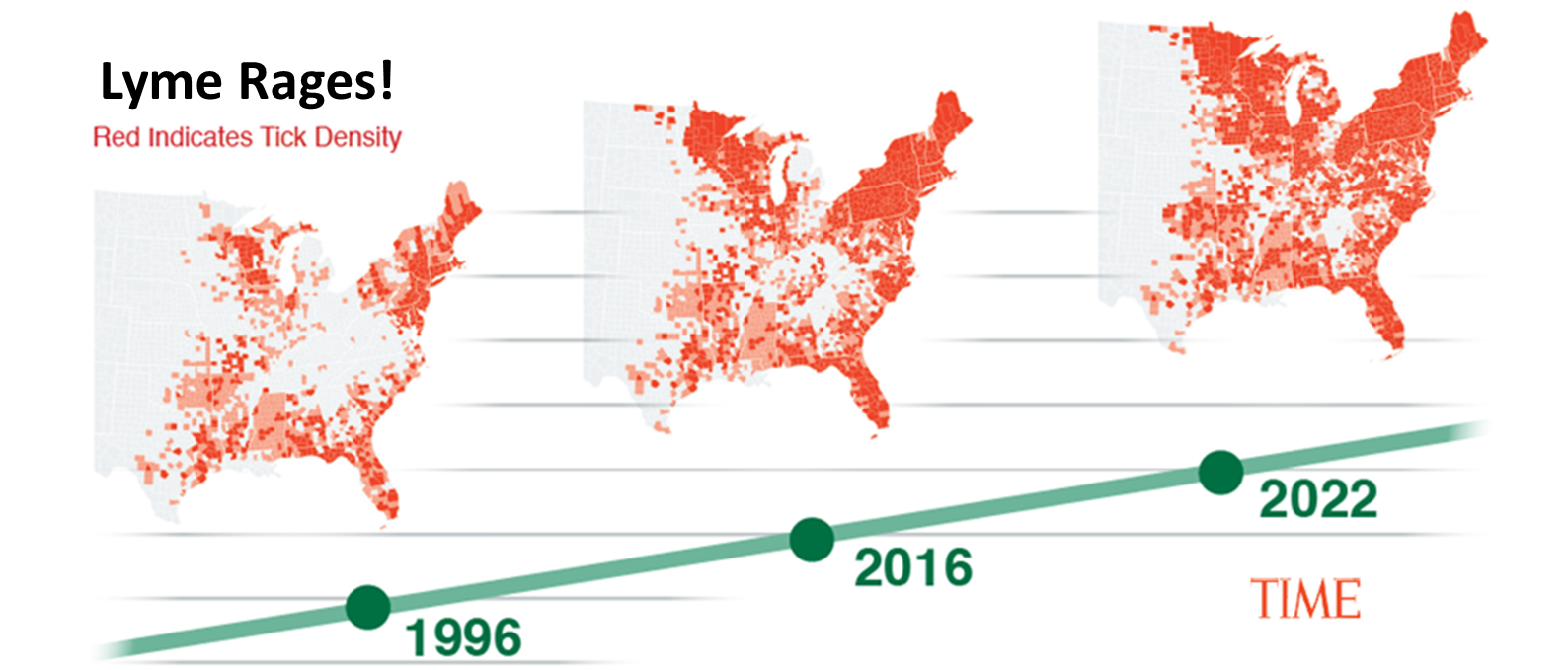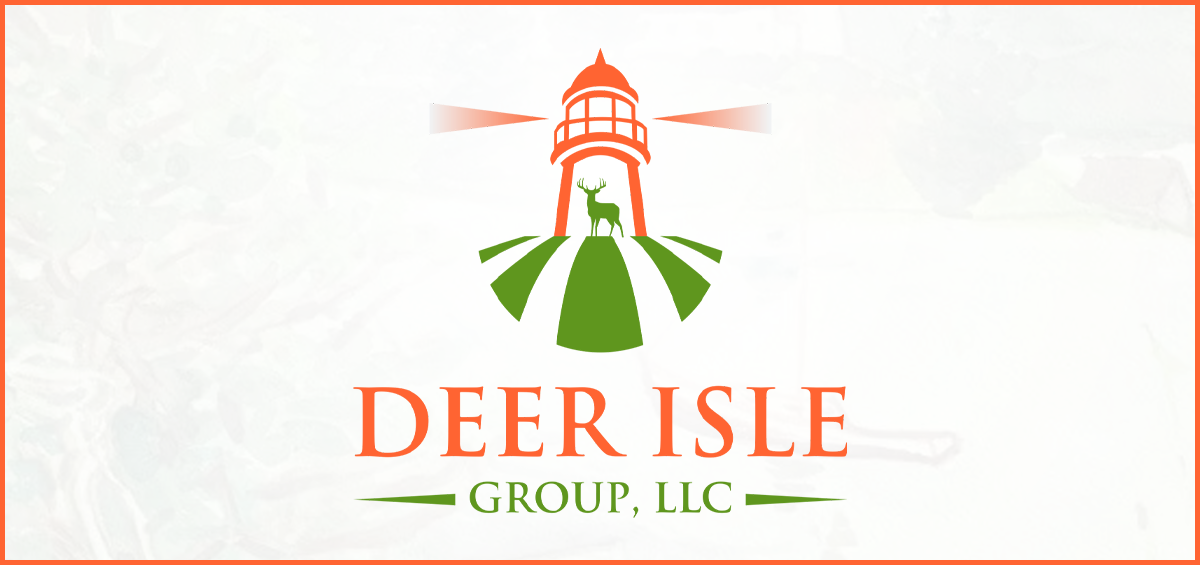MAXIMIZE AFTER TAX CAPITAL TRANSACTION VALUE: 5 Techniques for Family Businesses!

When a family business is contemplating a large capital transaction, there are many variables to consider when determining “success”. These variables may include valuation, on-going control, and stakeholder impact (among others).
One item that may not initially be high on the consideration list at the outset of a capital transaction but can become very important over time is the after-tax consequences of any capital transaction. Tax outcomes should not drive a transaction, but they can be an important structuring tool to maximize outcomes.
Five (5) structuring techniques to consider:
(This information is not tax advice. You should consult your tax advisor for any specific tax advice)
| Use Insurance-Related Structures: | There are multiple possible structures using insurance products that could help a transaction become more tax efficient. These include: Private Placement Whole Life Policies whereby private securities can be embedded in a whole life policy. Whole life policies accrete value on a tax efficient basis whether traditional or private placement. Focused insurance company structures that enable assets to be used more efficiently on the balance sheet of a specialized insurance company. |
| Create Depreciation / Amortization | For the buyer, often an “asset sale/purchase” of a business can create depreciable and amortizable asset values, including goodwill. Since depreciation and amortization are deducted from taxable income, it can be more tax efficient than a stock purchase. The opposite is true for the seller. |
| Use NOL’s | If current ownership wants to maintain control and has time to monetize its ownership, sometimes third-party NOLs can be used to transfer minority ownership. Management and control remain intact while creating liquidity for current owners. NOLs at the buyer entity can also make it more attractive as a suitor / enhances ability to pay, as long as the target company has sufficient pre-tax income post-closing to utilize the full NOL within a short-to-medium period of time. |
| Operate under IRS Section 1202 | IRS Rule that enables small C Corp businesses to have a partial or full federal capital gains exclusion on the greater of 10x and $10 million (small” means a gross asset value of less than $50 million), with conditions. Some of these conditions are that the stock must be held for at least 5 years, acquired at original issue and issued after 1993, and sold in a stock sale. There are certain “rollover” provisions similar to 1031B exchanges if the 5-year test is not met. |
| Donor Advised Funds | Donate a portion of the capital gains from a sale to a Donor Advised Fund. The donation becomes an irrevocable charitable donation but the funds in the Donor Advised fund have a broad set of possible investments. Donation is limited to 60% of adjusted gross income. |
Contact us if your or one of your client’s family businesses is thinking about a capital transaction and we can discuss how to consider maximizing after-tax outcomes.



